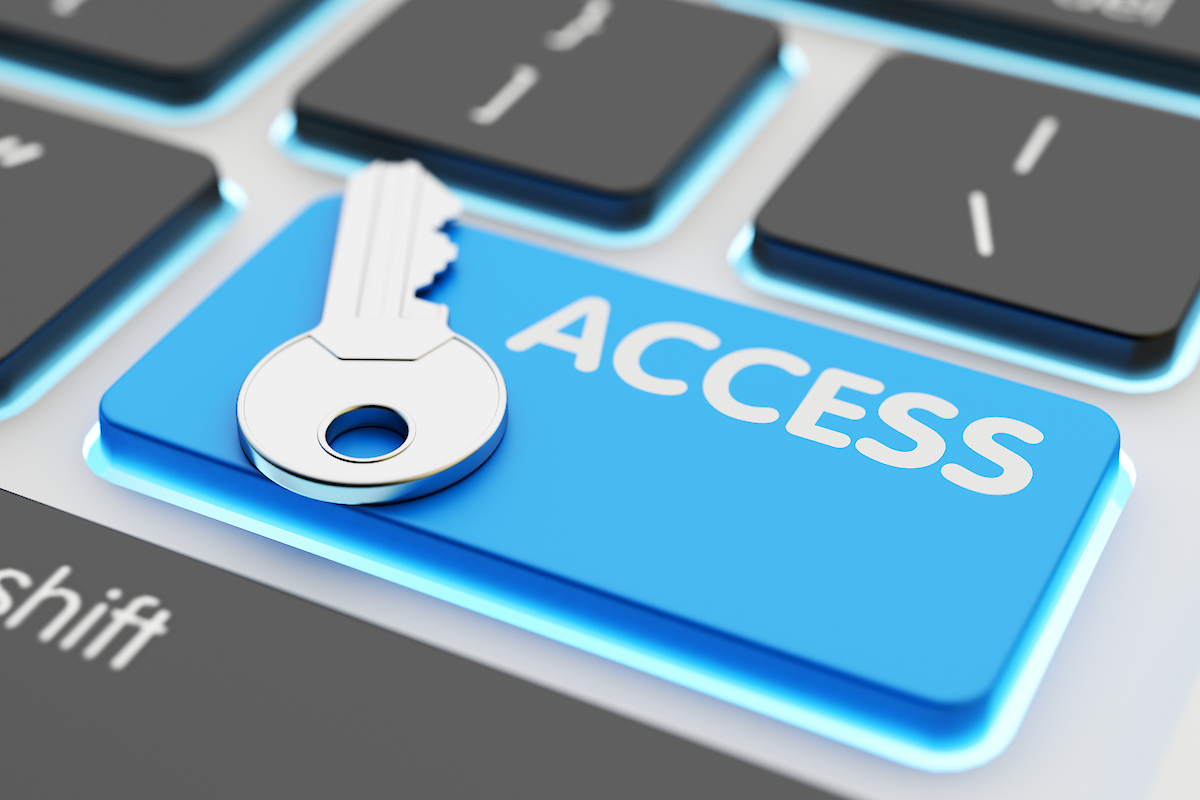What is Accessibility?
news / what-is-accessibility | Previous Post Next Post
Accessibility is the practice of creating an environment where people can access and benefit from a system or entity. It allows people with disabilities to interact and be part of the world independently. The technologies and tools that provide accessibility are not only used by those with disabilities. Ramps, elevators, closed captions, image descriptions, and speech-to-text technology are accessibility tools that nearly everyone uses. How is accessibility defined?
The Office for Civil Rights at the U.S. Department of Education defines accessibility as "when a person with a disability is afforded the opportunity to acquire the same information, engage in the same interactions, and enjoy the same services as a person without a disability in an equally integrated and equally effective manner, with substantially equivalent ease of use."
This means that accessibility should tear down the barriers preventing someone with a disability from engaging in everyday life. Accessibility is about responding to how information, services, or experiences may be inaccessible to some and creating equitable means of distributing information, experiences, and services to provide an environment that is more inclusive of everyone.
Types of Accessibility in our Media-Driven World
Accessibility comes in many shapes and forms, mainly because the barriers to access come in just as many ways. When we talk about accessibility, the most common images that come to mind are sidewalk ramps or other structural innovations to create an accessible physical environment. Physical accessibility is essential, but it is only one way of creating inclusivity.
Technology and the online world are more than privileges designated for a select few. Access to the internet and all the information, entertainment, and services that come with it have become a fundamental human right. The freedom that comes with the ability to shop, learn, and even pay bills online should be available and accessible to everyone. Creating websites and content that prioritize accessibility is necessary for providing a more equitable experience online regardless of someone's ability. Online content must be aware of all the possible barriers, including but not limited to those with visual, auditory, physical, speech, cognitive, and neurological disabilities or impairments. People with these impairments typically use one or more assistive devices to help them navigate. Website developers need to be conscientious about these assistive devices and their limitations when creating and maintaining a website.
In other forms of media, accessibility needs to be prevalent when thinking about distributing content and making information, services, and entertainment available. For example, television broadcasters practice accessibility with closed captioning for the deaf and hard of hearing and audio descriptions for those who are blind or have visual impairments. For most of these TV stations, the law requires them to provide the means of accessibility.
Accessibility Definition within ADA
There are three compliance forces to consider when looking at accessibility: the ADA, Section 508 of the Rehabilitation Act, and WCAG. The ADA focuses on prohibiting discrimination against people with disabilities. Section 508 of the Rehabilitation Act is a federal law that requires federal agencies to provide accessible means of navigating and using their information and communications. WCAG is a set of guidelines for creating a website to make it accessible to those with disabilities.

Online accessibility is necessary with the growing prevalence of technology and its benefits to those who are disabled. In 2010, the Department of Justice passed the ADA Standards for Accessible Design. These standards say that all electronic and information technology must be accessible to those with disabilities. The ADA standards cover information on websites, apps, and other services a business may provide.
Web Content Accessibility Guidelines (WCAG) are available for developers to create accessible websites. Though aimed at web development accessibility, anyone can use these guidelines to implement successful accessibility practices in nearly any instance. WCAG utilizes four principles for creating accessible content: perceivable, operable, understandable, and robust. See the definitions for each from the WCAG website below:
- Perceivable - Information and user interface components must be presentable to users to perceive them.
- Users must have a way of understanding the information.
- Operable - User interface components and navigation must be operable.
- Users must be able to use and operate the website interface.
- Understandable - Information and the operation of the user interface must be understandable.
- Users must be able to understand the information presented.
- Robust - Content must be robust enough that it can be interpreted reliably by a wide variety of user agents, including assistive technologies.
- Technology and the tools we use continue to advance and develop, so the mechanisms for accessibility must advance as well.
For more information about Web Content Accessibility Guidelines, visit: https://www.w3.org/WAI/fundamentals/
The Goal of Accessibility Efforts
The ultimate goal of accessibility efforts is to prevent exclusion. It is an attempt to create equitable access to information, entertainment, and services and improve the lives of people with disabilities. Accessible design cultivates an environment of inclusion and provides the means for those with disabilities to participate and engage in meaningful ways.
How Link Electronics Supports Accessibility Initiatives
At Link Electronics, we design and manufacture products to help others achieve accessibility. We create and maintain equipment that produces, distributes, and tests captioning for the deaf and hard of hearing. The ACE Series Automatic Captioning Engine is one product that does just that. Our goal is to connect people with information, entertainment, and services through captioning. Call or email us today to ask us about our captioning equipment and find out more about how we can help you make a more accessible future.